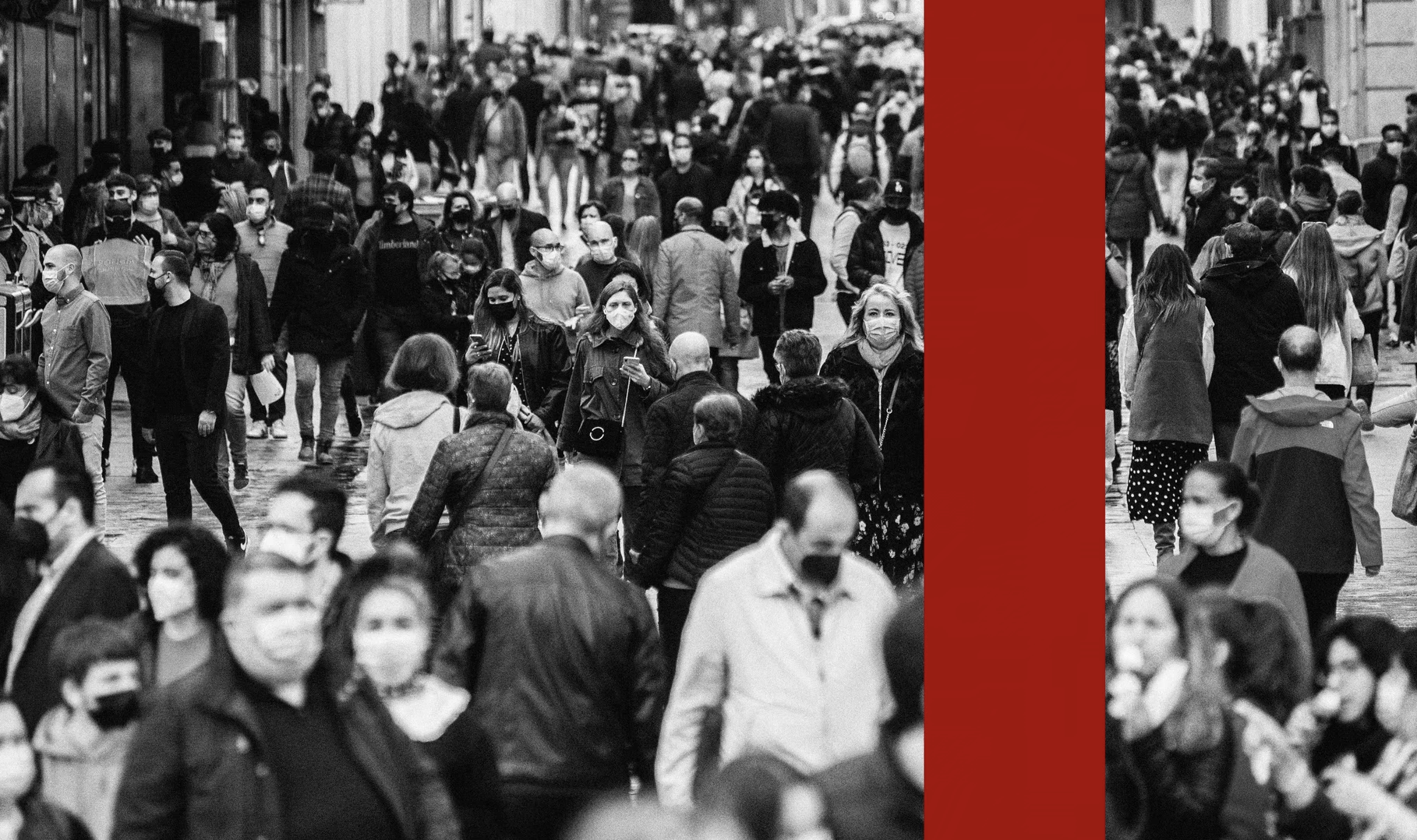The Atlantic By all official counts—at least, the ones still being tallied—the global situation on COVID appears to have essentially flatlined. More than a year has passed since the world last saw daily confirmed deaths tick above 10,000; nearly a year and a half has elapsed since the population was pummeled by a new Greek-lettered variant of concern. The globe’s most recent winters have been the pandemic’s least lethal to date—and the World Health Organization is mulling lifting its COVID emergency declaration sometime later this year, as the final pandemic protections in the United States prepare to disappear. On the heels of the least-terrible winter since the pandemic’s onset, this spring in the U.S. is also going … kind of all right. “I am feeling less worried than I have been in a while,” Shweta Bansal, an infectious-disease modeler at Georgetown University, told me. That sense of phew, though, Bansal said, feels tenuous. The coronavirus’s evolution is not yet predictable; its effects are nowhere near benign. This might be the longest stretch of quasi-normalcy that humanity has had since 2020’s start, but experts can’t yet tell whether we’re at the beginning of post-pandemic stability or in the middle of a temporary reprieve. For now, we’re in a holding pattern, a sort of extended coda or denouement. Which means that our lived experience and scientific reality might not match up for a good while yet.
There is, to be fair, reason to suspect that some current trends will stick. The gargantuan waves of seasons past were the rough product of three factors: low population immunity, genetic changes that allowed SARS-CoV-2 to skirt what immunity did exist, and upswings in behaviors that brought people and the virus into frequent contact. Now, though, just about everyone has had some exposure to SARS-CoV-2’s spike protein, whether by infection or injection. And most Americans have long since dispensed with masking and distancing, maintaining their exposure at a consistently high plateau. That leaves the virus’s shape-shifting as the only major wild card, says Emily Martin, an infectious-disease epidemiologist at the University of Michigan. SARS-CoV-2 could, for instance, make another evolutionary leap large enough to re-create the Omicron wave of early 2022—but a long time has passed since the virus managed such a feat. Tentatively, carefully, experts are hopeful that we’re at last in a “period that could be kind of indicative of what the new normal really is,” says Virginia Pitzer, an infectious-disease epidemiologist at Yale.
Top American officials are already gambling on that guess. At a conference convened in late March by the Massachusetts Medical Society, Ashish Jha, the outgoing coordinator of the White House COVID-19 Response Team, noted that the relative tameness of this past winter was a major deciding factor in the Biden administration’s decision to let the U.S. public-health emergency lapse. The crisis-caliber measures that were essential at the height of the pandemic, Jha said, were no longer “critical at this moment” to keep the nation’s health-care system afloat. Americans could rely instead primarily on shots and antivirals to keep themselves healthy—“If you are up to date on your vaccines and you get treated with Paxlovid, if you get an infection, you just don’t die of this virus,” he said. (That math, of course, doesn’t hold up as well for certain vulnerable groups, including the elderly and the immunocompromised.) The pharmaceuticals-only strategy asks much less of people: Going forward, most Americans will need to dose up on their COVID vaccines only once a year in the fall, a la seasonal flu shots.
Making sweeping assessments at this particular juncture, though, is tough. Experts expect SARS-CoV-2 cases to take a downturn as winter transitions into spring—as many other respiratory viruses do. And a half-ish year of relative quietude is, well, just a half-ish year of relative quietude—too little data for scientists to definitively declare the virus seasonal, or even necessarily stable in its annual patterns. One of the most telling intervals is yet to come: the Northern Hemisphere’s summer, says Alyssa Bilinski, a health-policy researcher at Brown University. In previous years, waves of cases have erupted pretty consistently during the warmer months, especially in the American South, as people flock indoors to beat the heat.
